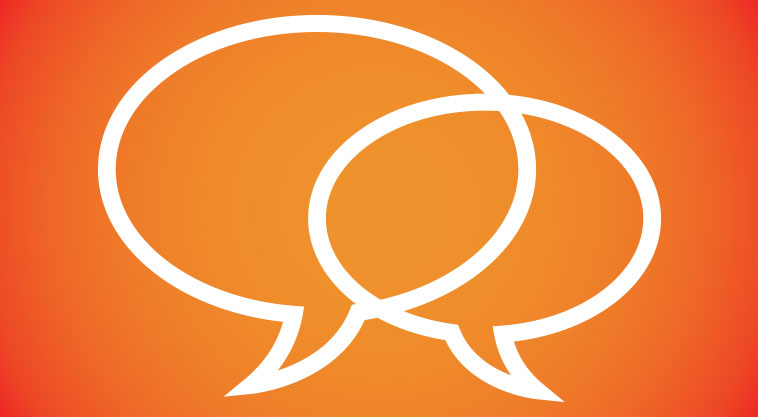The Musician Part III


Adina: It’s amazing! Chevy is making progress even though we’re just playing games.
Therapist: Adina’s still doing as much work but in a more natural and nurturing way.
Chevy: Reading together is fun. Even setting the table is fun. More fun than cheerio jewelry, anyway....
Three weeks later, Adina calls for our next scheduled consult.
“How’s it going?”
“Great. I mean, I think so. I mean, you tell me.”
I laugh. “What have you been doing?”
“Well, I kept up the pattern thing,” Adina starts, “but I integrated it more in our day-to-day life, like you said. When we set the table, we alternated silver and white napkins at each place setting.”
“Great.”
“And for listening skills, when it was our turn to host Bnos I made up this game: One girl closed her eyes and the other girls took turns saying something. Whoever was ‘it’ had to identify the speaker by her voice.
“Fantastic!”
“Then I made these cards….” She sounds a little apologetic. “I know it’s not so integrative, but we play this as part of our bedtime routine, so… Anyway, all the cards show pictures of something that’s associated with a specific sound. Like a lawn mower, a train, a baby crying. Then I created a recording of those sounds. I play the recording and she has to identify the corresponding card.”
“Perfect!”
“She likes it,” Adina admitted.
“If it’s fun…”
“… then I’m doing it right!”
Now that Chevy can identify patterns and sounds, she’s ready for rhyming. As always, the first step is to introduce the concept to the child. I advise Adina to develop a “culture of rhyming” around the house. She can do this by singing rhyming songs like Uncle Moishy’s “Willoughby Walloughby” or “Down by the Bay.” She can choose rhyming books, like Dr. Seuss books, and books with repetitious rhyme refrains, like the Yossi and Laibel series by Dina Rosenfeld.
“Once Chevy gets the hang of it, cue her and let her complete the rhyme. ‘Just then came a knock, and a key in the…?’ You can make a rhyme matching game, where the ‘cat’ card matches the ‘hat’ card. Eventually she should be able to think of rhyme pairs herself.”
As we wind down Adina says, “I actually think I’m doing something right because I notice her listening better. And this is interesting — she started getting into music. I always played story CDs for her, but now she requests music. And she really pays attention to it.”
“I wonder if she’d enjoy learning to play a musical instrument. That would definitely improve her phonological awareness. Musicians need to listen very carefully. And all music is made up of patterns.”
“Oh, great idea. I will definitely do that! I’ll buy a guitar tomorrow! She can start this week!”
“But only if she wants to. And only if it’s…”
“Fun, I know.”
This trains the listener to pay careful attention not only to the words of the speaker, but also to the sounds of her words.
Rhyming is important for phonological awareness because it helps children discriminate between sounds they are hearing.
Phonological awareness is similar to music in that sounds come together to form words, much like notes come together to form a tune.
Originally featured in Family First, Issue 619. D. Himy, M.S. CCC-SLP, is a speech-language pathologist in private practice for over 15 years. She is the creator of the Link-It reading comprehension and writing curriculum for elementary school students and directs continuing education programs for speech-language pathologists and educators.
Oops! We could not locate your form.








